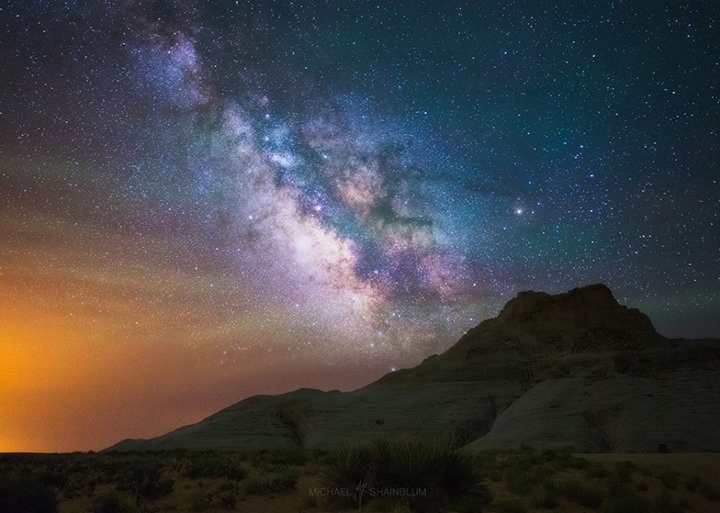FYI.
This story is over 5 years old.
DIY: 3 Tips For Photographing The Milky Way
Timelapse photography pro, Michael Shainblum, offers tips on how to take photos of the cosmos.
 "Yosemite Dreamscape" via
"Yosemite Dreamscape" via
 "Desert Dreams" via
"Desert Dreams" via
 "Into The Night" via
"Into The Night" via
 "Tree of Life" via
For more on Michael Shainblum, visit his Facebook page. You can also purchase his work here.
And re-visit our documentary on the photographer below:
Related:
Timelapse Video Of Emerging Metropolis Offers Warm "Welcome to Doha"
[Video] Stunning Timelapse Sheds New Light On California
Space Photographer Explains How To Shoot The Milky Way In Light-Polluted Skies
"Tree of Life" via
For more on Michael Shainblum, visit his Facebook page. You can also purchase his work here.
And re-visit our documentary on the photographer below:
Related:
Timelapse Video Of Emerging Metropolis Offers Warm "Welcome to Doha"
[Video] Stunning Timelapse Sheds New Light On California
Space Photographer Explains How To Shoot The Milky Way In Light-Polluted Skies